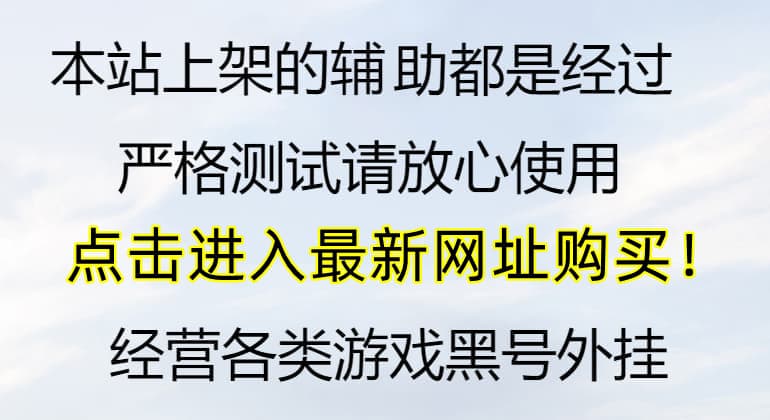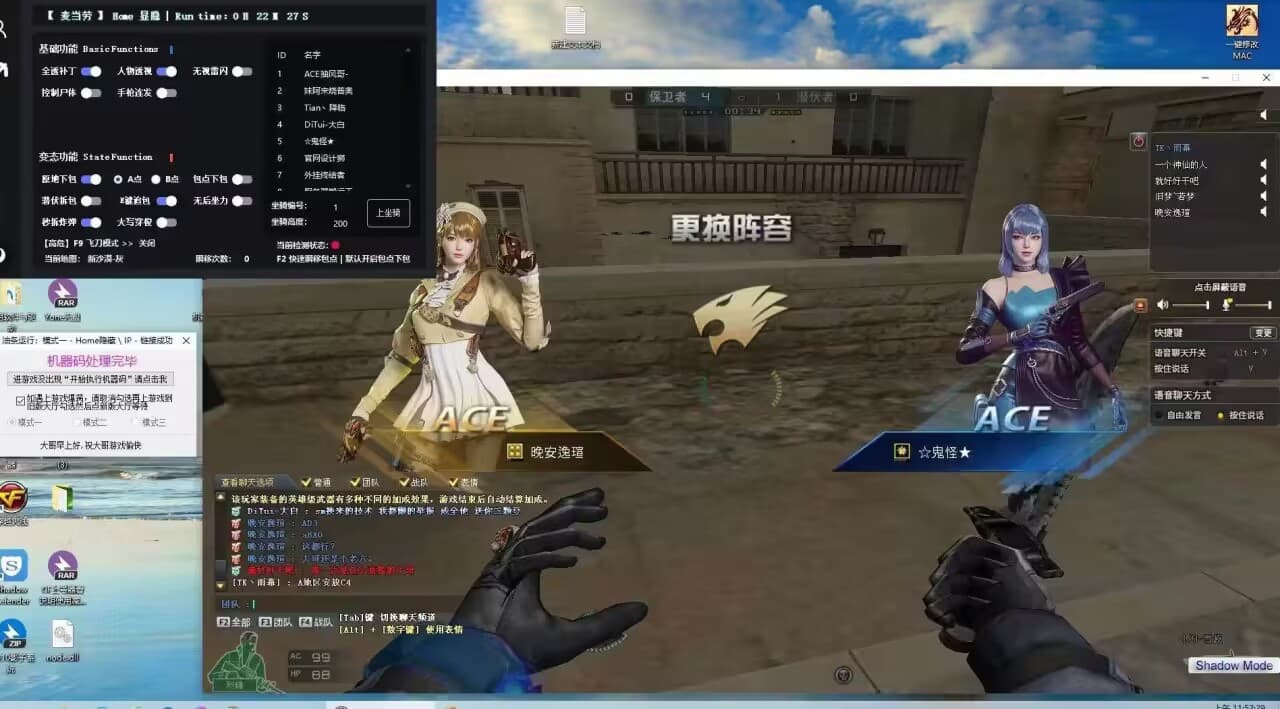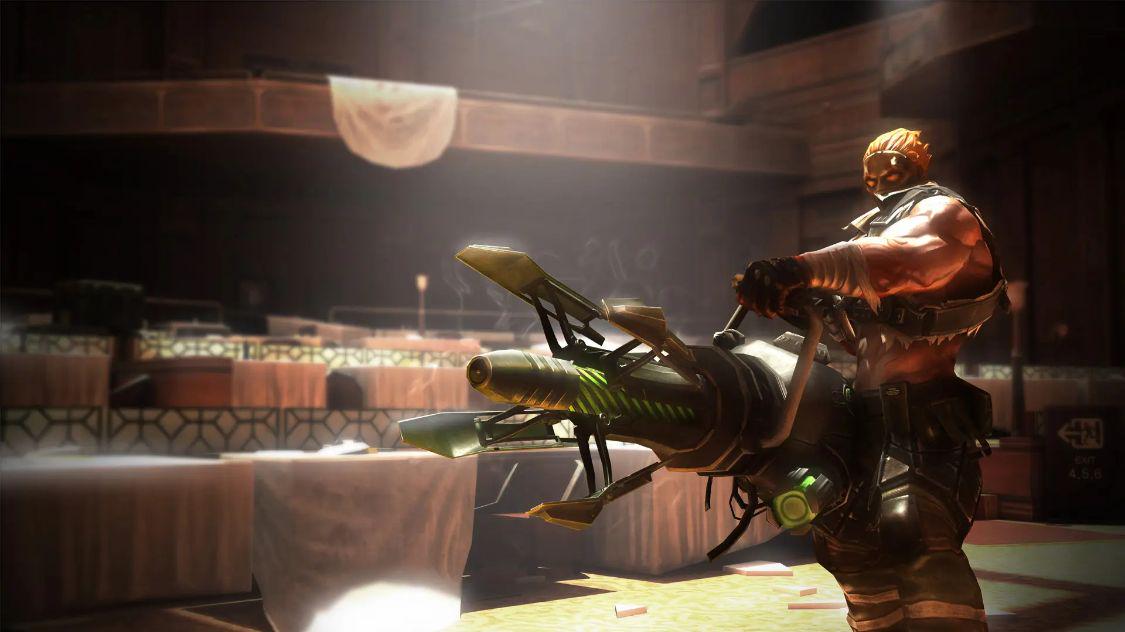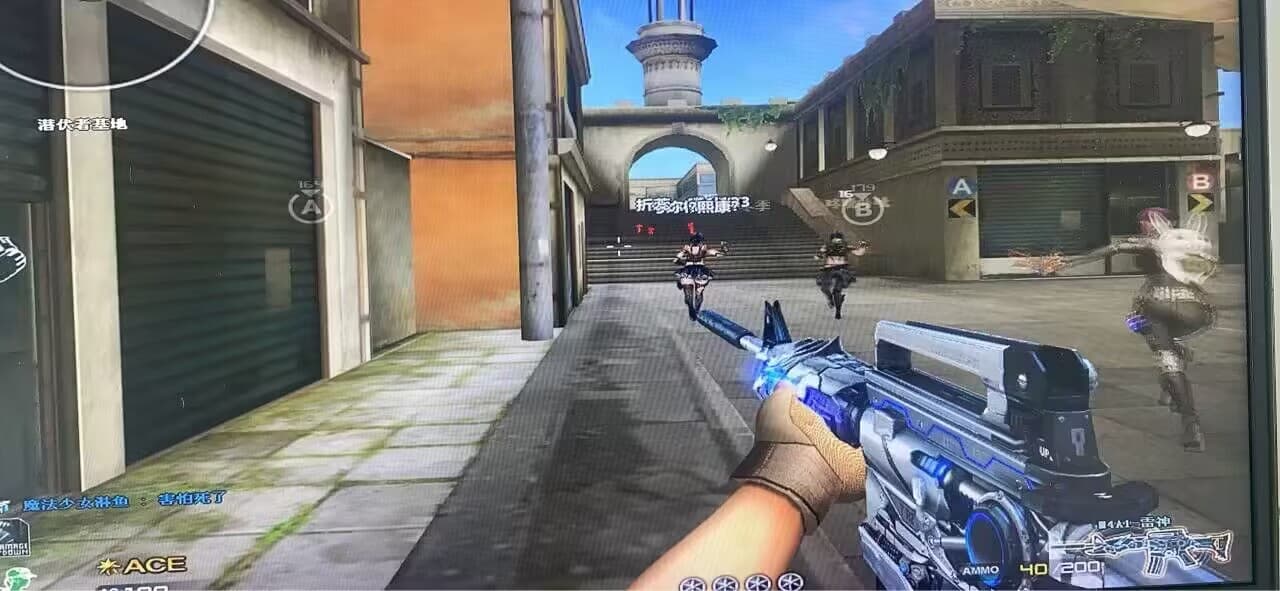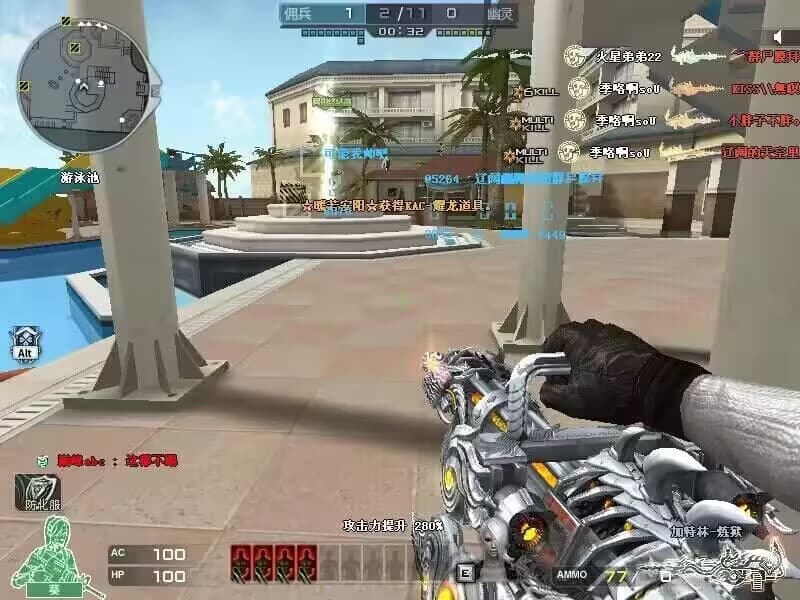CF辅助
穿越火线透视
-

-

神奇的工作室CF生化角色是怎么来的?
在神秘的工作室CF生化角色系列中,暴君终结者是一种独特的生化幽灵。它的诞生源于神秘力量对抗时空猎人的迫切需要。为了建立一支强大的生化军团,神秘力量开始寻找新的终...
-

CF不开纯净模式打不开辅助瞄准怎么办
CF不开纯净模式打不开辅助瞄准怎么办是很多玩家在问的,毕竟有些玩家是第一次遇到这种问题,不知道怎么应对好,下面就和大家说一说。其实辅助软件也是需要一定体量等,下...
-

-

神马工作室CF打狙开红点辅助好不好用
很多玩家在游戏中都有不同的习惯,所以会进行不同的设置,同样的,对于辅助的需求也是如此,因此也有不少人在问CF打狙开红点辅助好不好用这个问题,因为有的玩家还是很依...
-

怎样调CF刀战加速辅助功能每个辅助都有这个功能吗
怎样调CF刀战加速辅助功能是很多使用辅助软件的玩家的疑问,是不是每款辅助都具备这样的功能呢?下面我们就来了解一下。其实无论是调整辅助软件的什么功能,都需要在设置...
-

-

CF手游什么是辅助瞄准键如何开启和使用
有不少玩家在问CF手游什么是辅助瞄准键以及它如何开启和使用这个问题,那么为了让大家有更好的游戏体验,使用辅助软件后可以在游戏中有更大的优势,下面就来说一说这个问...
-

-

穿越火线挑战外挂购买价格是多少钱
穿越火线挑战外挂购买价格是很多人在问的,毕竟如今靠谱好用的外挂基本都是收费的,因为价格不高,大家也很愿意为了安全和愉快的游戏体验而花这笔钱,反观免费的外挂很多都...

